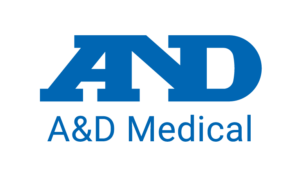Improving Patient Compliance in Remote Monitoring of Blood Pressure and Weight
Why is patient compliance so important in remote patient monitoring (RPM)?
Patient compliance is the backbone of successful RPM programs. When patients consistently measure their blood pressure and weight as instructed, healthcare providers receive reliable data that helps guide treatment decisions, detect early warning signs, and reduce hospitalizations. Non-compliance, on the other hand, can lead to gaps in care and missed opportunities for intervention, not to mention potentially reducing reimbursement.
What are the most common reasons patients fail to comply with measurement instructions?
- Improper technique: Patients may not follow instructions correctly, such as measuring blood pressure after physical activity or using the wrong cuff size.
- Irregular routines: Skipping measurements or taking them at inconsistent times can skew data.
- Technical challenges: Difficulty using devices or apps can discourage regular use.
- Lack of understanding: Patients may not grasp the importance of consistent monitoring or how their data is used.
- Forgetfulness or low motivation: Without reminders or feedback, patients may lose interest or forget to measure.
How can providers help patients follow measurement instructions more reliably?
- Clear onboarding: Use simple language, visuals, and hands-on demonstrations to teach proper measurement techniques. Videos are very helpful and a resource that patients can use on-going.
- Routine building: Encourage patients to measure at the same time each day—ideally in the morning before eating or taking medications.
- Regular feedback: Share trends and insights from the data to reinforce the value of their efforts.
- Support networks: Involve family members or caregivers to assist with reminders and device setup.
- Automated reminders: Use RPM platforms that send alerts when measurements are missed or overdue.
What are cellular-enabled devices, and how do they improve compliance?
Cellular-enabled devices are RPM tools—like blood pressure monitors and scales—that transmit data directly to healthcare providers via cellular networks, without requiring Wi-Fi or Bluetooth. These devices simplify the process for patients by removing the need for app syncing or internet setup.
Benefits include:
- Ease of use: No need for smartphones or tech-savviness.
- Reliable data transmission: Measurements are sent automatically, reducing the risk of missed uploads.
- Fewer barriers: Ideal for older adults or patients in rural areas with limited internet access.
- Real-time alerts: Providers can be notified immediately if readings are abnormal or missing.
How can providers decide whether cellular-enabled devices are right for their patients?
Providers should consider factors like the patient’s comfort with technology, internet access, and history of compliance. For patients who struggle with digital tools or live in areas with poor connectivity, cellular-enabled devices can be a game-changer in maintaining consistent monitoring.
What’s the long-term impact of improved compliance in RPM?
Better compliance leads to more accurate data, earlier interventions, and improved chronic disease management. For conditions like hypertension and heart failure, consistent monitoring of blood pressure and weight can prevent complications, reduce emergency visits, and enhance quality of life.

